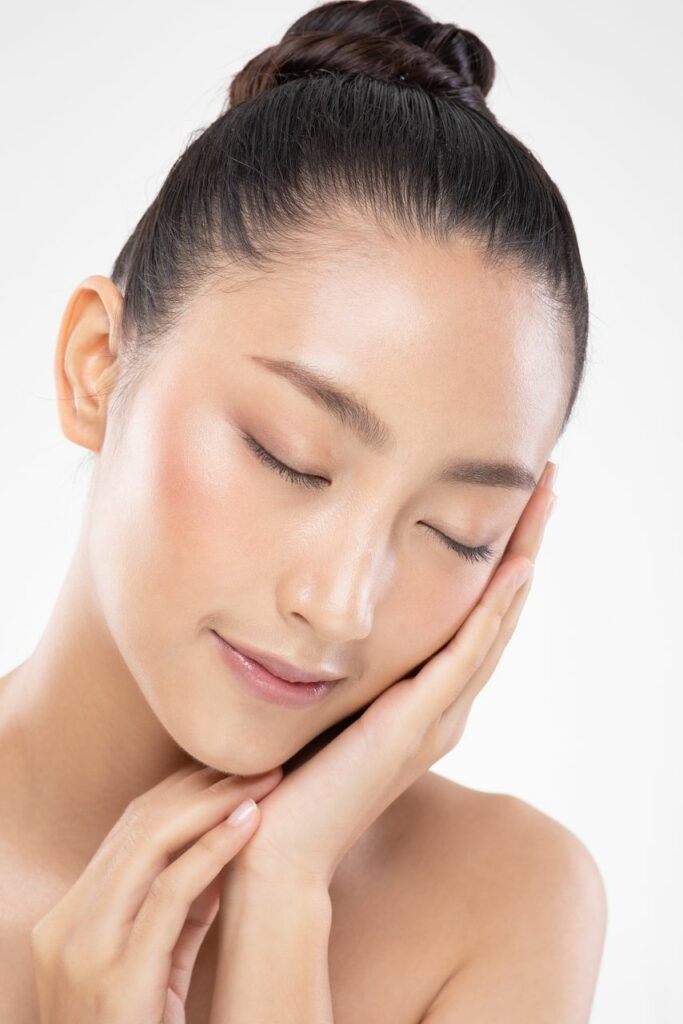Moisturizer For Acne Prone Skin: Why Skipping It Is Your Biggest Mistake
Finding a moisturizer for acne prone skin can feel like an impossible task. You know your skin needs hydration, but you’re terrified of heavy creams clogging your pores and causing more breakouts. What if you could have both? This common misconception is one of the biggest mistakes you can make, often worsening the very condition you’re trying to fix. The truth is, proper hydration is not just compatible with acne-prone skin—it’s essential for healing it.
Let’s dismantle the myth. Acne is caused by a combination of excess sebum (oil), clogged pores, bacteria, and inflammation. When you strip your skin of all its natural oils with harsh, drying acne treatments (like salicylic acid or benzoyl peroxide), your skin goes into a state of panic. In a desperate attempt to rehydrate itself, your sebaceous glands can go into overdrive, producing even more oil. This creates a vicious cycle: you dry out your skin, it produces more oil, and that excess oil leads to—you guessed it—more clogged pores and breakouts.
A well-formulated moisturizer acts as a barrier, preventing this water loss and signaling to your skin that it doesn’t need to produce a flood of sebum. It also soothes the irritation and redness that often accompany both acne and the treatments for it.
Key Moisturizing Ingredients to Look For
When shopping for a moisturizer, your ingredient list is your best friend. Seek out these hero components:
Hyaluronic Acid: A superstar humectant that can hold up to 1000 times its weight in water. It draws moisture from the air into your skin, providing intense hydration without a heavy, greasy feel. It’s perfect for plumping the skin without clogging pores.
Niacinamide (Vitamin B3): A true multi-tasking marvel for acne-prone skin. It helps regulate oil production, calms inflammation and redness, improves the skin’s barrier function, and even minimizes the appearance of pores.
Ceramides: These are the building blocks of your skin’s natural lipid barrier. Using a moisturizer with ceramides helps repair a compromised barrier, making your skin more resilient and less reactive.
Salicylic Acid or Glycolic Acid: Some moisturizers include low concentrations of these chemical exfoliants. They help to gently unclog pores and slough away dead skin cells, preventing them from forming new blemishes.
Ingredients to Avoid
Just as important as what you include is what you exclude. Steer clear of moisturizers with:
Comedogenic Oils: Heavy oils like coconut oil, cocoa butter, and wheat germ oil are highly pore-clogging for many people.
Fragrance: Both synthetic and natural (like essential oils) can be irritating and inflammatory, triggering more redness and breakouts.
Heavy Occlusives: Ingredients like petroleum jelly or mineral oil, while excellent for very dry skin, can create a barrier that traps oil and dead skin cells, leading to clogged pores in acne-prone types.
Choosing the Right Formula: Gel vs. Lotion vs. Cream
The texture of your moisturizer matters.
Gels and Gel-Creams: Ideal for oily and combination skin. They are typically water-based, lightweight, and absorb quickly, leaving a matte or natural finish.
Lotions: A good middle-ground for normal to combination skin. They are lighter than creams but more substantial than gels.
Creams: Best for those with acne-prone skin that also feels dry or dehydrated, especially from using prescription retinoids. Look for non-comedogenic, oil-free creams.
A Simple Skincare Routine
Gentle Cleanser: Start with a low-pH, sulfate-free cleanser to remove impurities without stripping the skin.
Treatment Serum (Optional): Apply any targeted acne treatments, like a salicylic acid serum or a niacinamide booster.
Moisturizer: Lock in hydration with your chosen non-comedogenic formula. In the morning, this can be the perfect base for…
Sunscreen (AM Non-Negotiable): Sun protection is vital, as UV exposure can worsen post-acne hyperpigmentation and inflammation. Choose an oil-free, mineral, or gel-based sunscreen.
In conclusion, moisturizing is not the enemy of clear skin; it’s its ally. By selecting a product with non-comedogenic, hydrating, and barrier-supporting ingredients, you can break the cycle of dryness and overproduction of oil. Your acne-prone skin will be calmer, more balanced, and better equipped to heal, bringing you one step closer to the clear, healthy complexion you deserve



